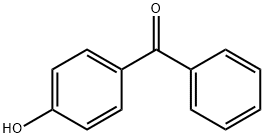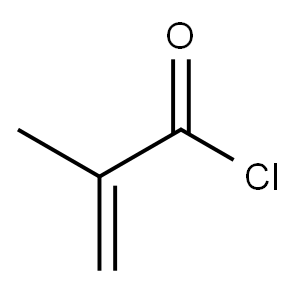
4-Benzoylphenyl acrylate synthesis
- Product Name:4-Benzoylphenyl acrylate
- CAS Number:22535-49-5
- Molecular formula:C16H12O3
- Molecular Weight:252.26

814-68-6
374 suppliers
$21.21/5gm:

1137-42-4
491 suppliers
$6.00/25g

22535-49-5
134 suppliers
$5.00/250mg
Yield:-
Reaction Conditions:
with triethylamine in dichloromethane;water;Flow reactor;
Steps:
2 Examples 1 through 17 (EX-1 through EX-17)
General procedure: For EX-1, the following procedure was carried out using Microreactor B, described above, with the mixing device at ambient temperature. Syringe I contained 15 g BP, 22 g TEA, and 22 g water. Syringe II contained 3 g ACL and 20 g DCM. Each syringe was placed in a separate syringe pump and the pump speeds were controlled to deliver the blends at the flow rates indicated for EX-1 in Table 3 below. The two unused addition ports of the mixing device were sealed with plugs. The molar flow ratios of BP: ACL: TEA pumped to the mixing device were 1: 1.1 :2.9. Separation of aqueous phase and an organic phase was observed in the collection vessel. Analysis of the upper, aqueous phase by NMR indicated approximately 8 mol % of acrylic acid-TEA salt and approximately 92 mol % TEA -HQ salt. Analysis of the lower, organic phase by NMR indicated approximately 51 mol % 4- acryloxybenzophenone (ABP), approximately 0.01 mol % BP and approximately 42 mol % of the above mentioned TEA salts. Analysis of the organic layer by GC indicated 95% Composition of ABP and 2% of unreacted alcohol. After analysis, the organic layer was washed with water to remove salts and residual TEA. For EX-2 through EX-17, the same procedure was followed but with syringe contents and flow rates as indicated in Table 3. Blend compositions, flow rates, molar flow ratios of BP:ACL:TEA, and % Composition are provided in Table 3.
References:
WO2017/147040,2017,A1 Location in patent:Page/Page column 23-24

1159136-25-0
1 suppliers
inquiry

22535-49-5
134 suppliers
$5.00/250mg

625-36-5
358 suppliers
$45.00/5g

1137-42-4
491 suppliers
$6.00/25g

22535-49-5
134 suppliers
$5.00/250mg

1137-42-4
491 suppliers
$6.00/25g

920-46-7
322 suppliers
$20.00/1g

22535-49-5
134 suppliers
$5.00/250mg